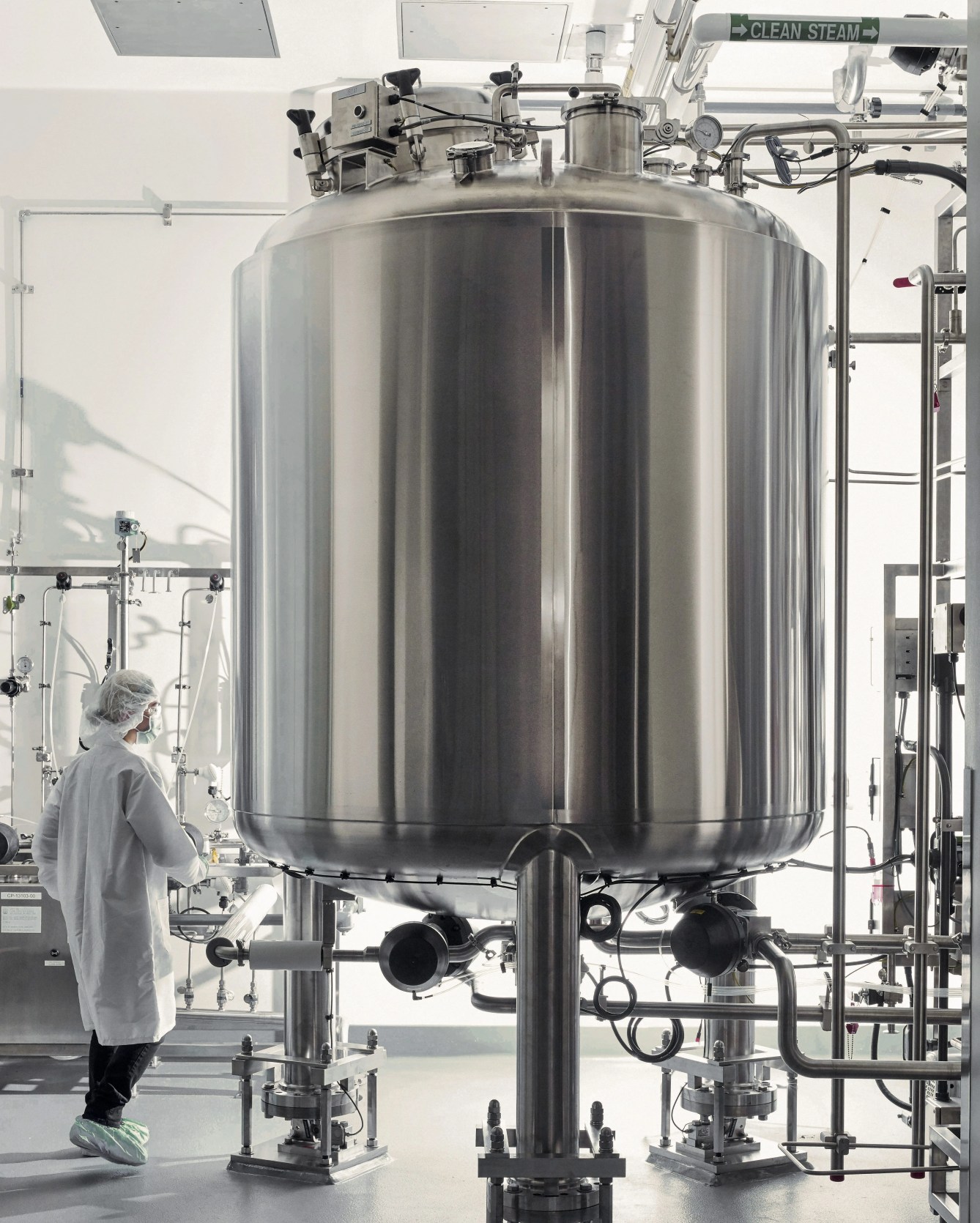Cultivated. Cultured. Lab-grown. Just don’t call it fake. Meat that comes from a lab, rather than a slaughterhouse, is very much real — right down to the molecular level.
“Stem cells from an animal are used to grow in a cultivated setting,” says Ginger Hultin, a registered dietitian nutritionist and author of Meal Prep for Weight Loss 101. “Specific equipment ensures the right growing conditions and waste removal — similar systems to how animal muscle would grow naturally.”
Earlier this year, the USDA approved labels that will go on “cell-cultured” chicken from two companies: Good Meat and Upside Foods.

And according to them, even the term “lab-grown” may understate the magnitude of progress here.
“[It’s] pejorative and factually inaccurate for what we will produce at scale,” says Andrew Noyes, a spokesperson on behalf of Good Meat. “The USDA had approved the term ‘cell-cultivated’ on our initial food service label.”






